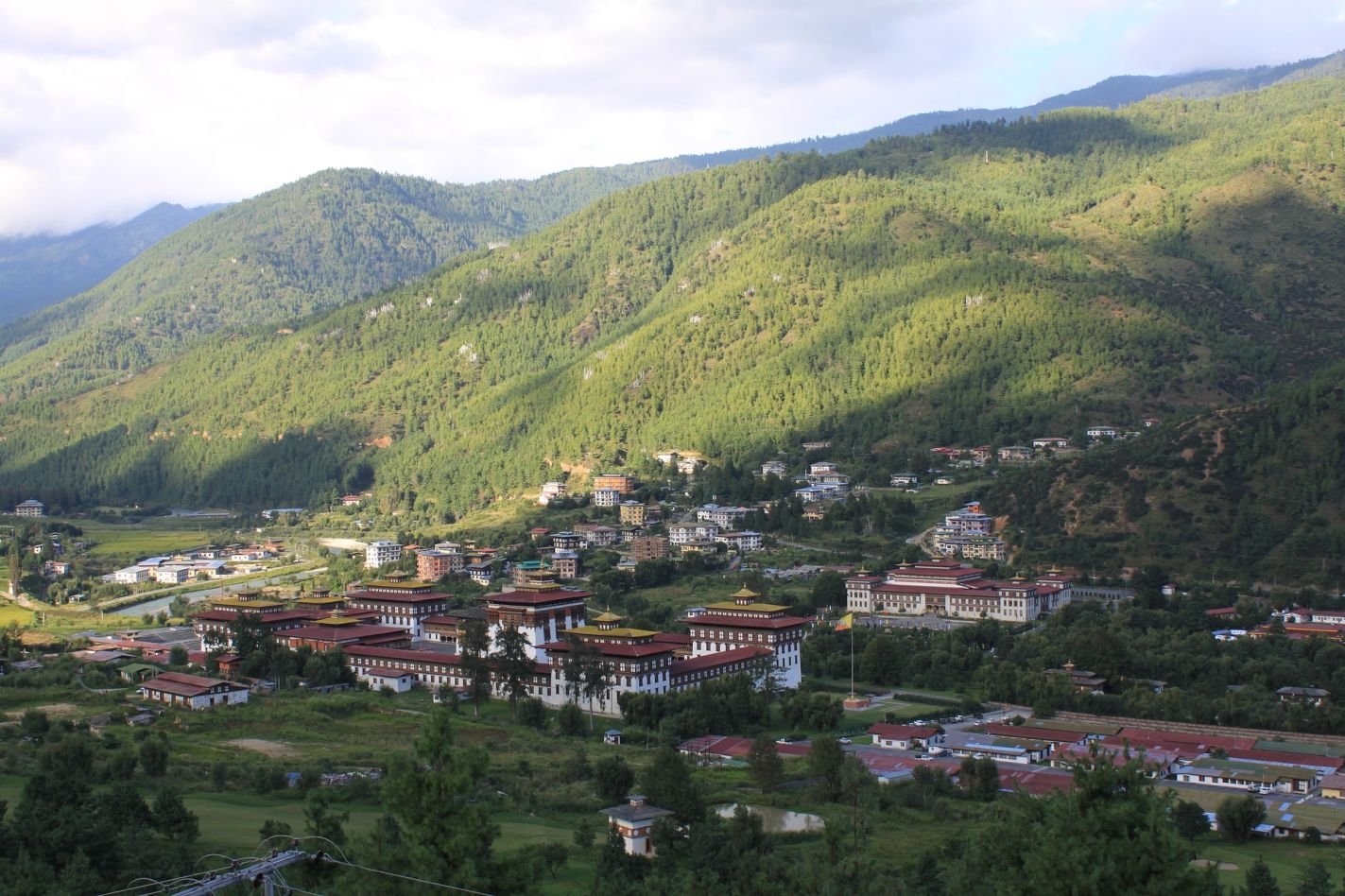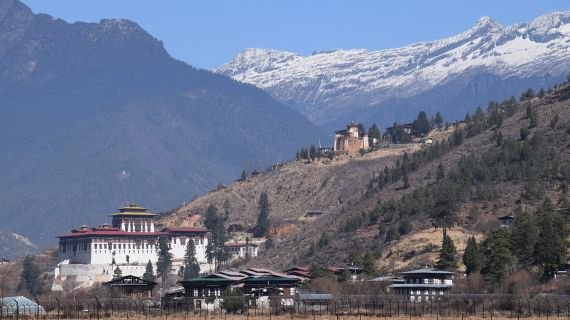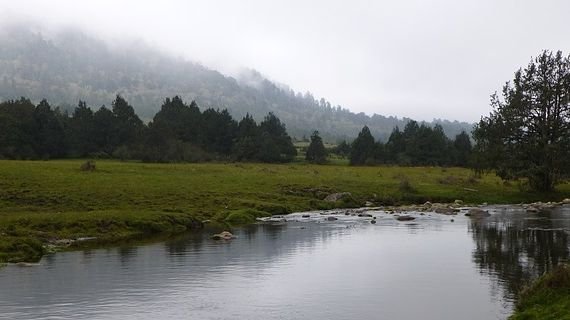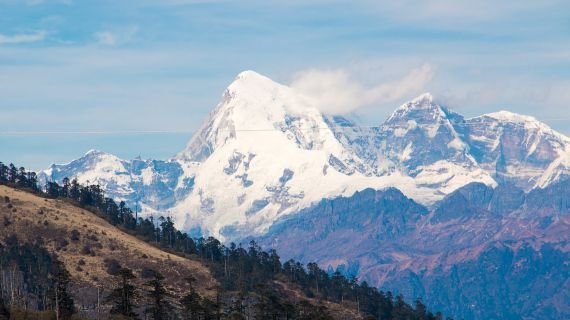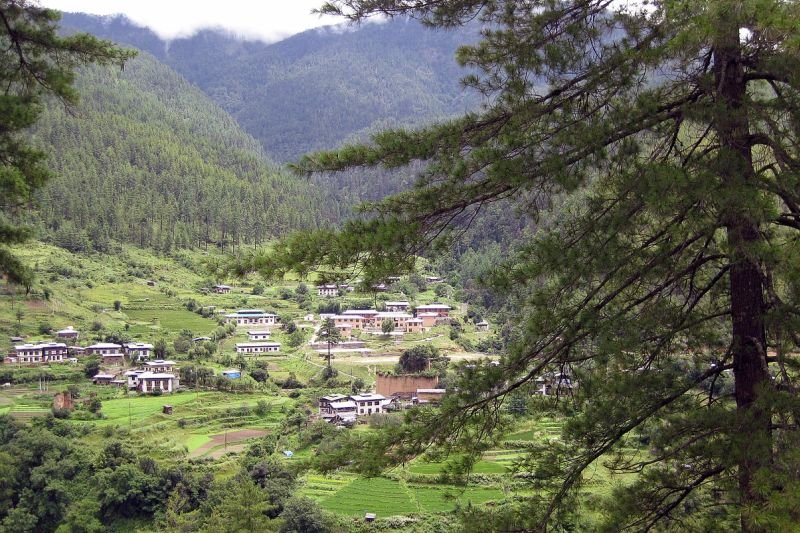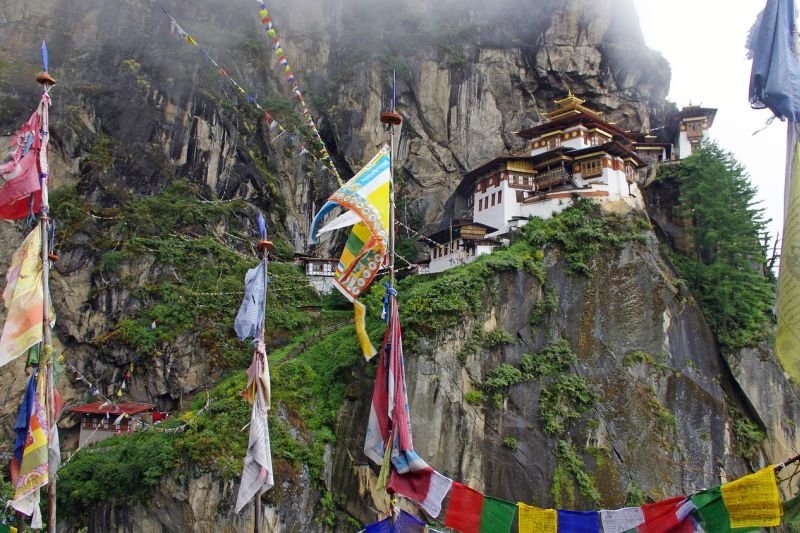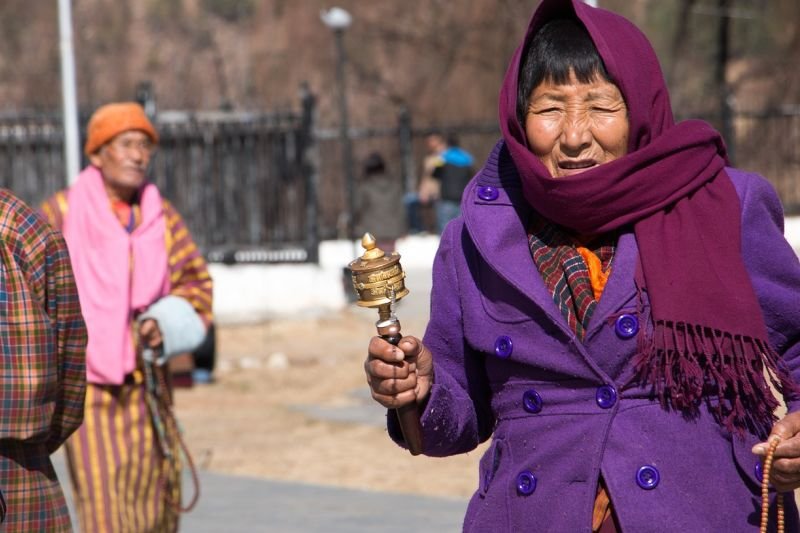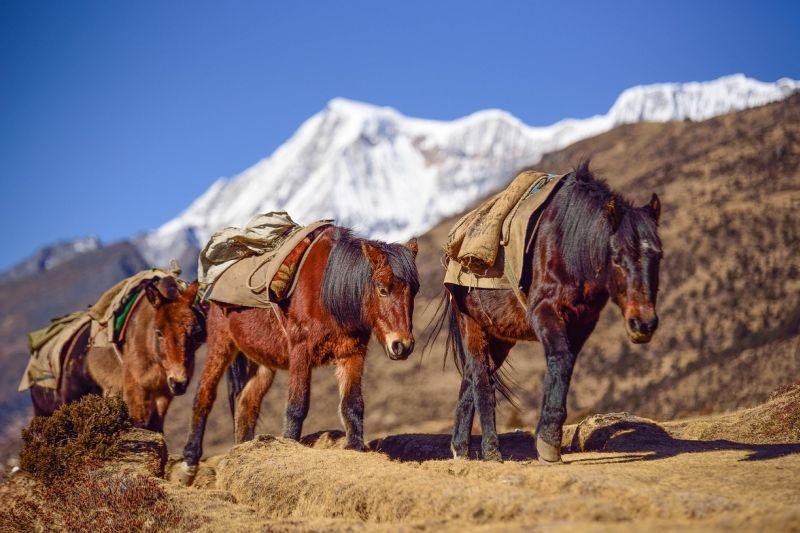About Bhutan
A sovereign state in South Asia, Bhutan is also popularly known as 'Land of Thunder Dragon.' It is a landlocked country situated in the Eastern Himalayas. Largely untouched by the modern world, Bhutan is an enigmatic mountain kingdom of green valleys crowned with dzongs (fortresses) and chortens (shrines).
The government of Bhutan is committed to building a sustainable tourism industry that is not only financially viable but also limits the negative cultural and environmental impacts commonly associated with the culture of mass tourism. By establishing a policy of "High Value, Low Impact" tourism, the kingdom of Bhutan seeks to ensure that it attracts only the most discerning visitors with a deep respect for cultural values, traditions and the natural environment. A journey through Bhutan will take you through rich forests, over high mountain passes and to some of the most biologically diverse national parks in the world.
An interesting fact about Bhutan - the general prosperity of the country is measured by the 'Gross National Happiness' index, explained by its four pillars - sustainable development, good governance, cultural preservation and environmental protection. You'll find the Bhutanese welcoming in showing you their deeply Buddhist and traditional way of life.
On your visit to Bhutan the best thing you can do is to tranquilly take in the unbelievable natural wonders and meaningful architecture however it suits you best. Rafting, hiking, and cycling are popular offerings for guests to experience everything this country has to offer. As the country operates a strict entry policy, it's essential that your trip is planned thoroughly. We will use our extensive knowledge to create a carefully arranged itinerary that's tailored to your interests.
Official site: http://www.tourism.gov.bt
